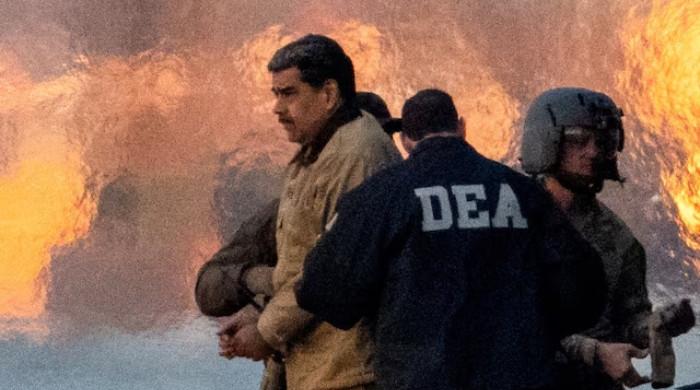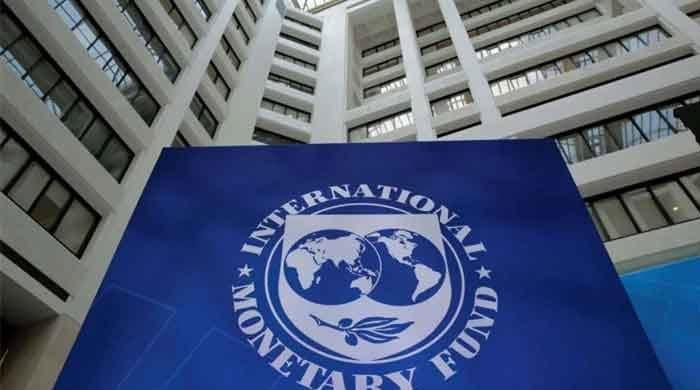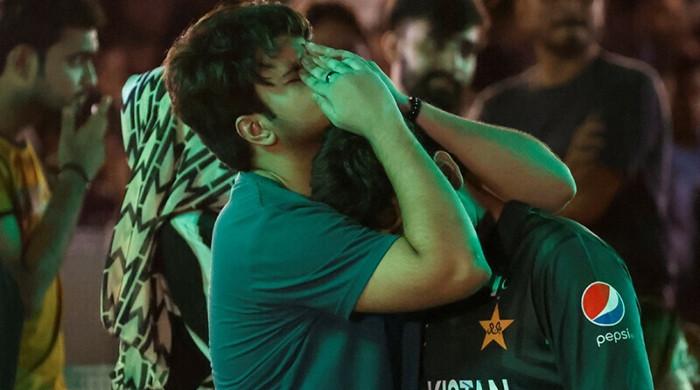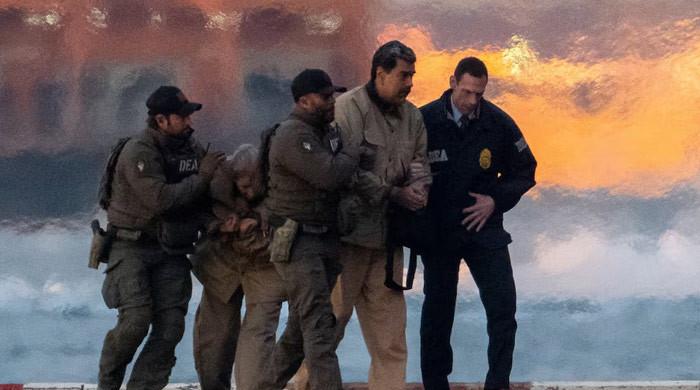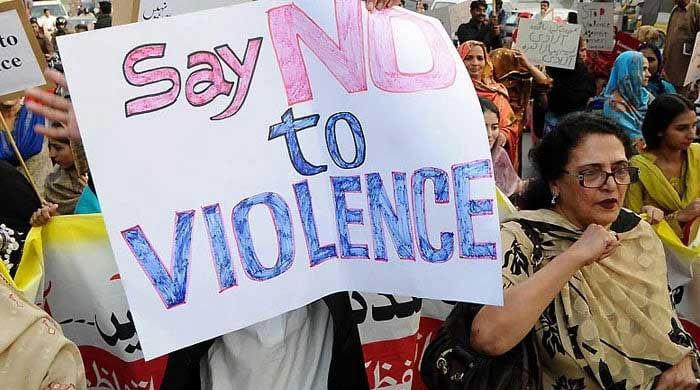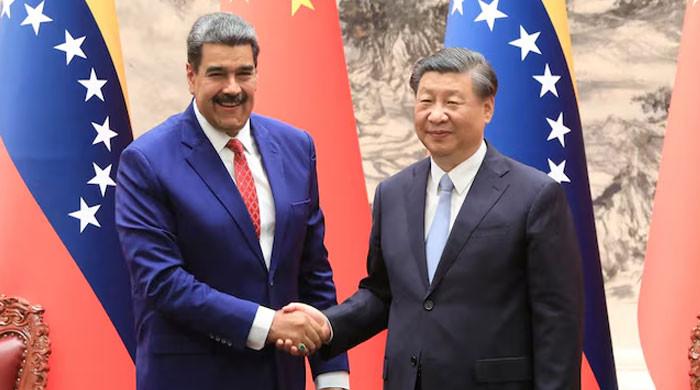A house called 70-Clifton
Tragically but surely politics never remained same at 70-Clifton after Mir Murtaza Bhutto's assassination
September 20, 2023
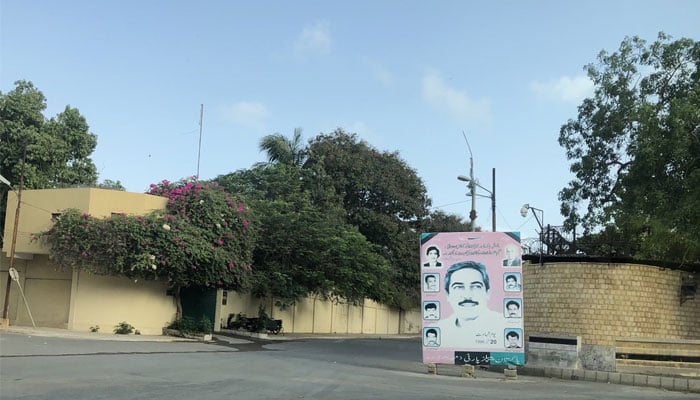
I last met Mir Murtaza Bhutto, son of the executed prime minister Zulfiqar Ali Bhutto, on September 20, 1996, hours before he was killed near his house 70/71-Clifton, which remained the centre of Pakistani politics for nearly four decades.
“Why don’t you accompany me to the public meeting and see for yourself people’s response,” he asked after addressing a press conference. I politely declined and said I would certainly have joined you, had it not been my eldest daughter’s birthday. With the pleasant exchange of words, he departed for the meeting and we journalists went to the Press Club.
As we were leaving the 70-Clifton I told one of my colleagues that I couldn’t say with authority but I had noticed some unusual movements of plainclothes intelligence people from the house till Teen Talwar. None of us had even thought that within hours we had to return to the same spot to report the assassination of yet another Bhutto and that too in the era of none other than his beloved sister former prime minister Benazir Bhutto.
Tragically but surely politics never remained the same at 70-Clifton and his widow Ghinwa Bhutto tried her best to keep Murtaza’s party, PPP (Shaheed Bhutto), alive but politically failed. Had Mir’s charismatic daughter, author of three books, Fatima Bhutto, not distanced herself from mainstream politics or son Zulfiqar Ali Bhutto Jr carried the political legacy with a different political line, 70-Clifton would still have political relevance.
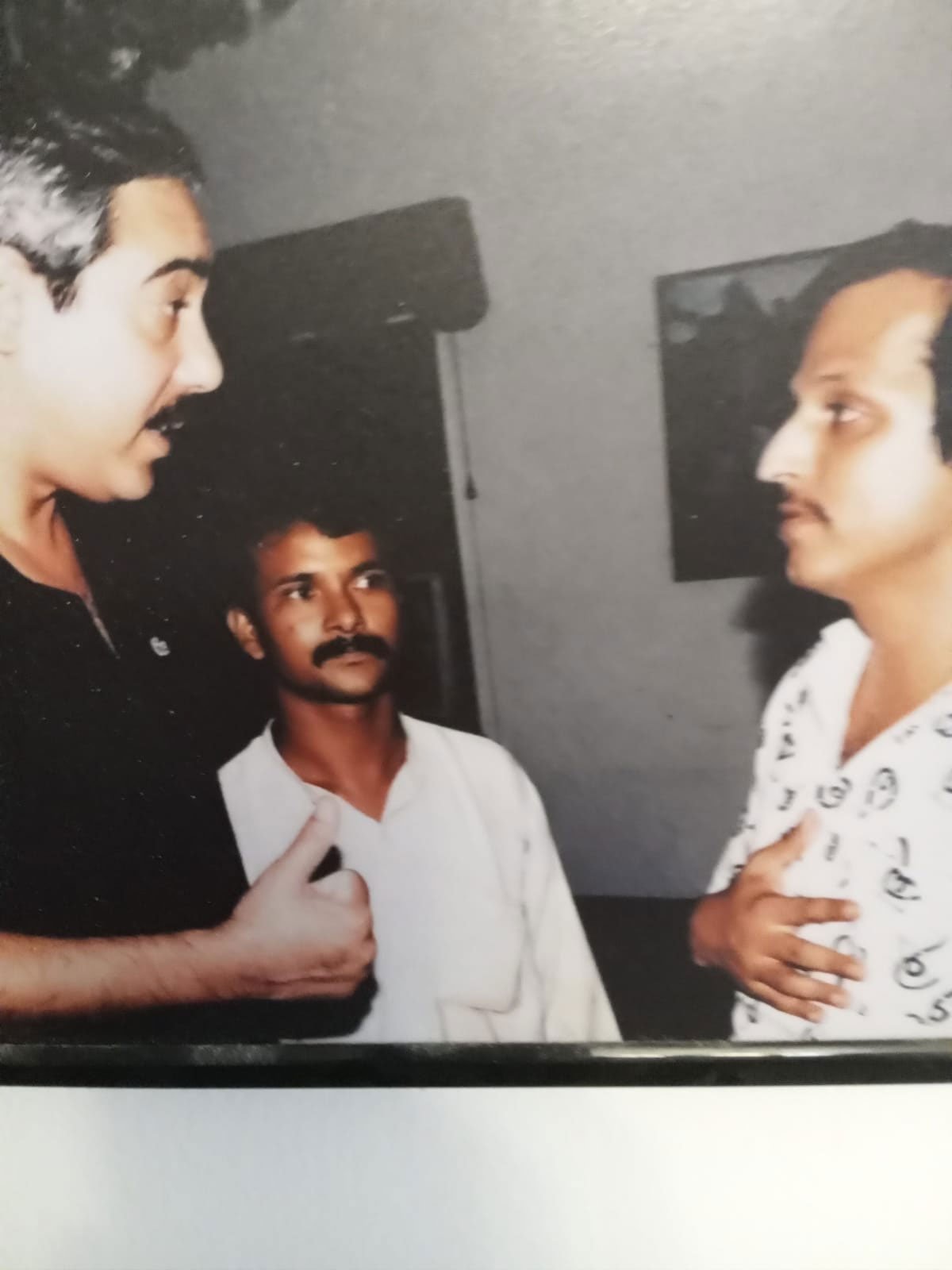
About two years back I met Ghinwa Bhutto just to get a feel of the place which once used to be the centre of political activities and witnessed many ups and downs of our charred political history. It was basically to get some updates on Murtaza Bhutto’s case and the appeal filed by PPP (SB) against the acquittal of the police officers accused of killing him and his companion. I found her utterly dejected with our criminal justice system and I don’t blame her.
Years back Fatima Bhutto met me as part of her research on ‘political movements’ in Pakistan and even at that time I noticed that she had that intellectual depth and wished she would be active in mainstream politics which hardly had any leaders with deep insight. She still could not recover from the loss of her father and the way he was killed, which still looked like a case of 'target killing’ or a fake encounter.
I have seen the rise and fall of Zulfiqar Ali Bhutto and his trial and execution as a student of ‘Mass Communication’ and politics but never physically met him. That said, my schoolmate Yusuf Nazar, still remembers his last meeting with Bhutto at 70-Clifton after he was released just weeks before he was re-arrested. Yusuf at that time was the president of Premier College Student Union and he, along with some other student leaders including Sardar Hanif, a former President of NED University Student Union, met Bhutto at 70-Clifton.
“I still remember he told us that they (Martial Law authorities) would again arrest him as they got scared after people’s response. So, continue your struggle, he advised us,” he said, adding that he was soon re-arrested from Larkana and never freed again.
When Bhutto was executed on April 4, 1979, many thought it was not only the end of Bhutto’s clan but also PPP’s politics but his widow Begum Nusrat Bhutto continued her husband’s political legacy with unmatched courage. Bhutto, during the prison, had made party’s senior Vice-Chairman Sheikh Rasheed Ahmad, also known in political circles as ‘Baba-e-Socialism’ for his commitment to socialism as acting chairman but the latter declined this offer on the pretext that the party’s feudal lords would not accept him. “I myself requested Bhutto sahab to appoint Begum Sahiba as acting chairperson,” he told me in one of his interviews at his Lahore residence years later. She led the movement and the election campaign after Bhutto’s arrest as General Zia-ul-Haq promised elections in October 1977. Her last public meeting was at Nishtar Park, Karachi. It was huge after which elections were postponed till 1979, but were again called off and for an indefinite period.
70-Clifton remained the axis of politics and both Begum Bhutto and young Benazir Bhutto were kept under house arrest and the bungalow was declared as ‘Sub-Jail’ from where Benazir Bhutto was for the first time produced as a witness in the famous Jam Saqi case and she recorded her lengthy statement.
It is the same house where the longest-serving political alliance called the Movement for the Restoration of Democracy (MRD) was formed in January 1981. It was never easy for Begum Bhutto to invite those political leaders, some of whom were against Bhutto but she finally agreed and from the same house the first organised movement was launched against Zia.
However, the trauma did not end there as a month later a PIA Boeing was hijacked and the two sons of Bhutto, Mir Murtaza Bhutto and Shahnawaz were named as prime suspects as they had announced a militant war against Gen Zia and his cronies. The hijacking drama lasted 14 days and 54 political prisoners, mostly those belonging to PPP, were released in exchange for the safety of the passengers. This however came at a colossal political cost. It dealt a serious blow to the MRD as one of its parties, the Muslim Conference of Azad Kashmir, led by Sardar Qayyum quit the alliance.
It was in April 1986 when politics returned to 70-Clifton with the arrival of Benazir Bhutto from exile. She was received by hundreds and thousands of people in Lahore and a month later in Karachi, when she addressed her first press conference at 70-Clifton, it was a revival of political activities at the historic house of Bhuttos.
A year later in 1987, she got married to Asif Ali Zardari, son of former NAP leader, Hakim Ali Zardari. Asif till then was almost an unknown political entity but Hakim Ali was a well-known name in politics. In one of the most unique wedding receptions, both Benazir and Asif decided to arrange a grand reception in Lyari beside one at a park near 70-Clifton. Ironically, nine years later Murtaza was killed just outside that park.
Benazir also brought out a procession in August 1986, from 70-Clifton but the last time she visited 70-Clifton was when she had come to mourn the death of her brother. Begum Bhutto was completely shattered and the last time she was seen politically active was in 1993, when Murtaza had finally returned to Pakistan amid Benazir’s opposition. Benazir wanted him to accompany her in 1986, but in 1993 she advised Mir to stay back for some time and offered him to contest polls from the PPP platform. He refused as he thought his sister was under pressure from Asif Ali Zardari.
Begum Bhutto first tried a patch them up but later sided with her son and even rejected the plea from the then-top general to ask Murtaza not to come.
Mir was the last of the family who addressed a press conference at 70-Clifton beside Bhutto, Benazir and Begum Bhutto before the ‘house of Bhutto got divided’ along with the PPP’s politics.
Begum Nusrat Bhutto, whom I had interviewed several times and also had had many off-the-record discussions like with Benazir, used to tell some very interesting stories about both Benazir and Mir from their early days when they were very young.
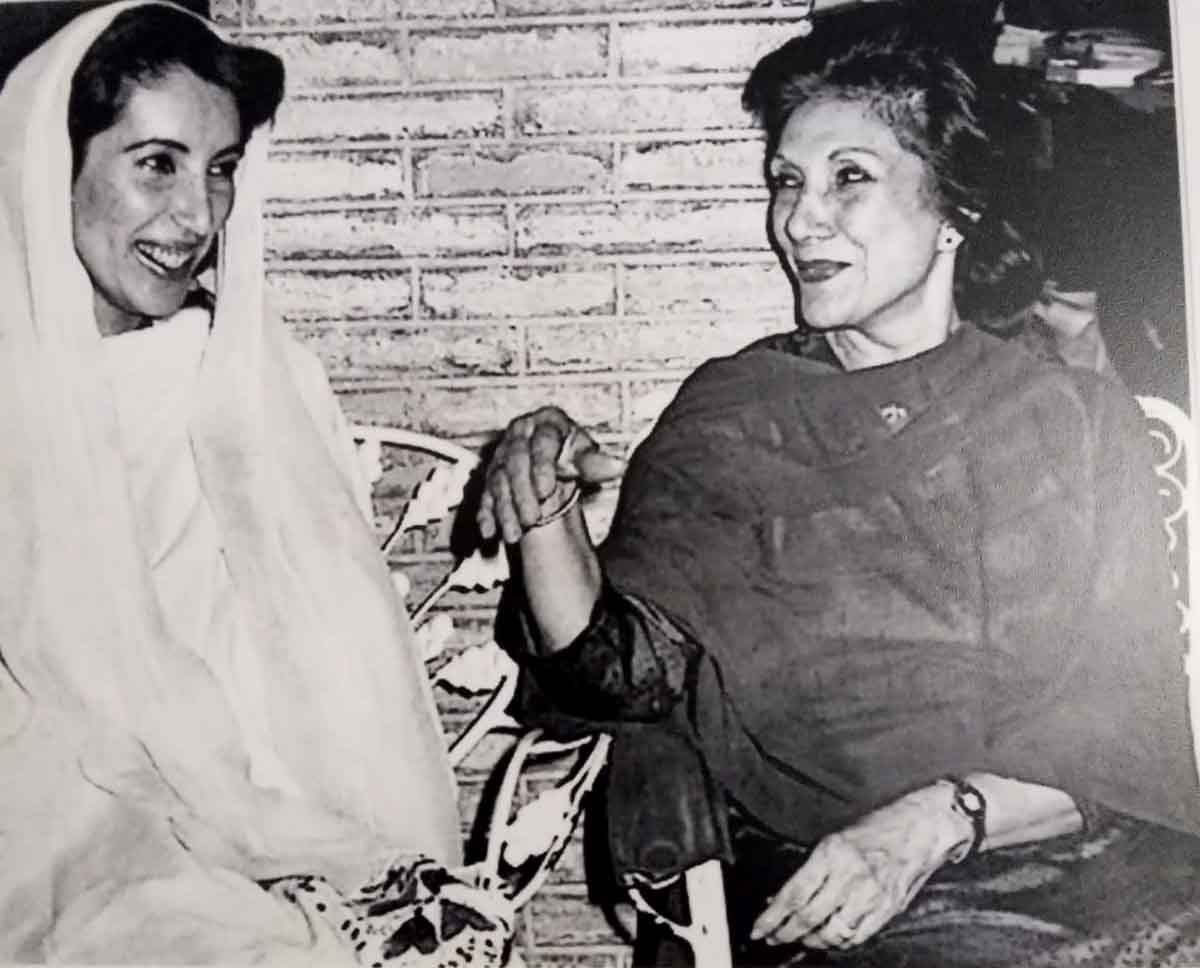
“They both used to fight over petty issues, even toys but they also loved each other. Once Bhutto bought a toy car for Mir but Benazir took it,” she said and laughed.
PPP’s sitting Chairman Bilawal Bhutto is unlucky in many ways. He made his political debut from Bilawal House and not from 70-Clifton. One can have a different opinion but the politics that revolved around Bilawal House or Zardari House were far different than what was witnessed at 70-Clifton with the changing political environment and commitment.
Benazir Bhutto once regretted why she could not convince her brother Murtaza to accompany her in 1986 and why he did not listen to her when she had advised him to stay back in 1993 as she had apprehended danger. Murtaza on his part always loved his sister and even during his days in Afghanistan and Syria he never allowed anyone to speak a word against Benazir.
Although Benazir kept politics alive, her own assassination on December 27, 2007, was seen as perhaps the death of political resistance within PPP. Tragedies followed the Bhutto clan from Bhutto to Benazir Bhutto as today, we mourn the 26th death anniversary of Murtaza.
As for the ‘killers’ of Bhuttos from Zulfikar to Murtaza and from Murtaza to Benazir, the stories remain mysterious and forgotten.
The writer is a columnist and analyst at Geo TV, daily Jang, and The News. He tweets @MazharAbbas@Geo




